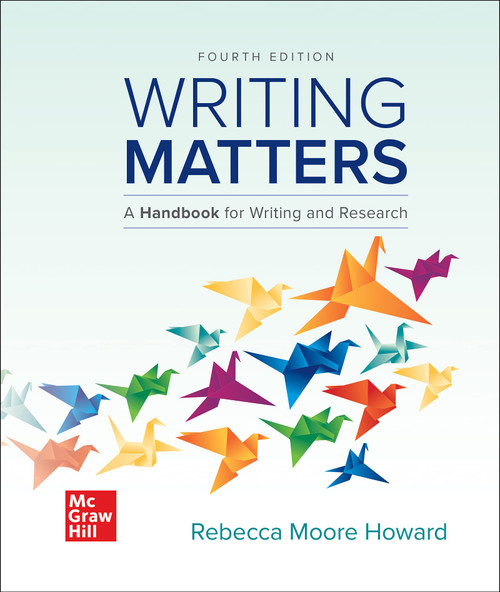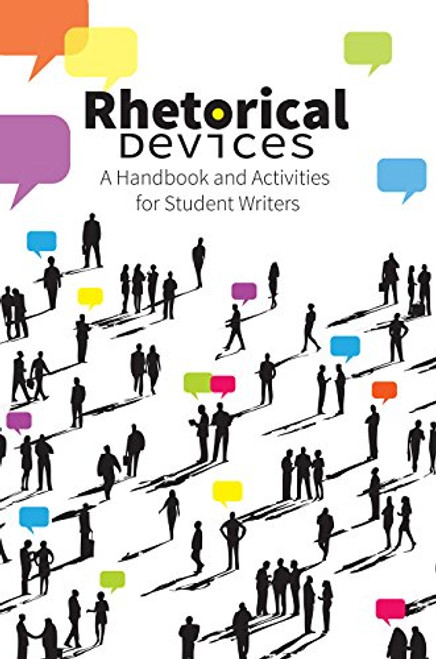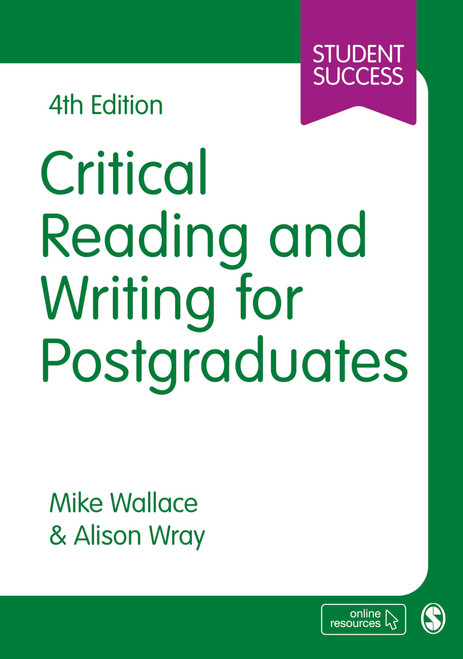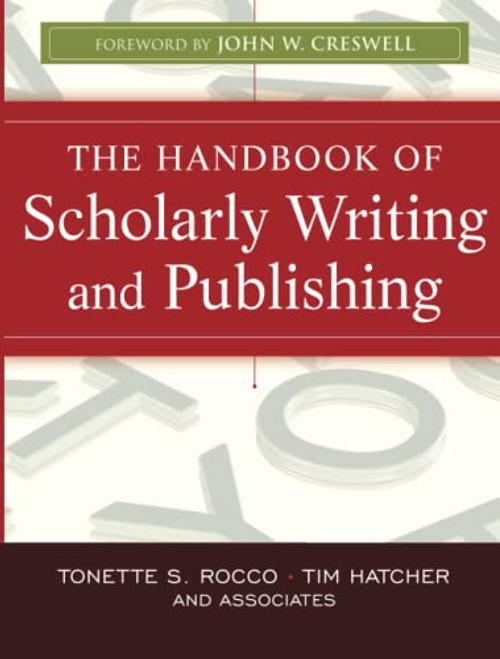A Student Handbook for Writing in Biology, Fifth Edition, provides practical advice to students who are learning to write according to the conventions in biology. The first chapter introduces the scientific method and experimental design. Because the scientific method relies on the work of other scientists, Chapter 2 provides instructions for finding primary literature using article databases and scholarly search engines. Journal articles have a well-defined structure, but are typically hard to read because they are written for specialists. To help students read and comprehend the technical literature, Chapter 3 describes scientific paper tone and format, provides strategies for reading technical material, emphasizes the importance of paraphrasing when taking notes, and gives examples of how to present and cite information to avoid plagiarism. Using the standards of journal publication as a model, students are then given specific instructions for writing their own laboratory reports with accepted format and content, self-evaluating drafts, and using peer and instructor feedback to refine their writing. Besides writing about it, scientists communicate scientific knowledge through posters and oral presentations. How these presentation forms differ from papers in terms of purpose, content, and delivery is the subject of the last two chapters of the book. Scientific communication requires more than excellent writing skills--it requires technical competence on the computer. Most first-year students have had little experience producing Greek letters and mathematical symbols, sub- and superscripted characters, graphs, tables, and equations. Yet these are characteristics of scientific papers that require a familiarity with the computer beyond basic keyboarding skills. Furthermore, most first-year students are used to doing calculations on a handheld calculator. When they learn how to use Excel's formulas to do repetitive calculations, their time spent on data analysis decreases markedly. For exactly these reasons, almost half of the book is devoted to Microsoft Word, Excel, and PowerPoint features that enable scientists to produce professional quality papers, graphs, posters, and oral presentations effectively and efficiently.
A Student Handbook for Writing in Biology
MSRP:
Was:
Now:
$12.14 - $43.61
(You save
)
- SKU:
- UPC:
- 9781319121815
- Maximum Purchase:
- 2 units
- Binding:
- Paperback
- Publication Date:
- 2/10/2017
- Author:
- Knisely, Karin
- Language:
- English: Published; English: Original Language; English
- Edition:
- 5
- Pages:
- 288

Oxford University Press
Writing Philosophy: A Student's Guide to Reading and Writing Philosophy Essays
MSRP:
Was:
Now:
$16.59 - $46.57

Bedford/St. Martin's
The Practice of Creative Writing: A Guide for Students
MSRP:
Was:
Now:
$32.22 - $151.46

Writing Matters: A Handbook for Writing and Research (Comprehensive Edition with Exercises)
MSRP:
Was:
Now:
$87.31 - $132.05

The Norton Field Guide to Writing with Handbook
MSRP:
Was:
Now:
$48.48 - $60.22

Rhetorical Devices: A Handbook and Activities for Student Writers
MSRP:
Was:
Now:
$11.17 - $25.14

SAGE Publications Ltd
Critical Reading and Writing for Postgraduates (Student Success)
MSRP:
Was:
Now:
$31.50 - $43.74
!




